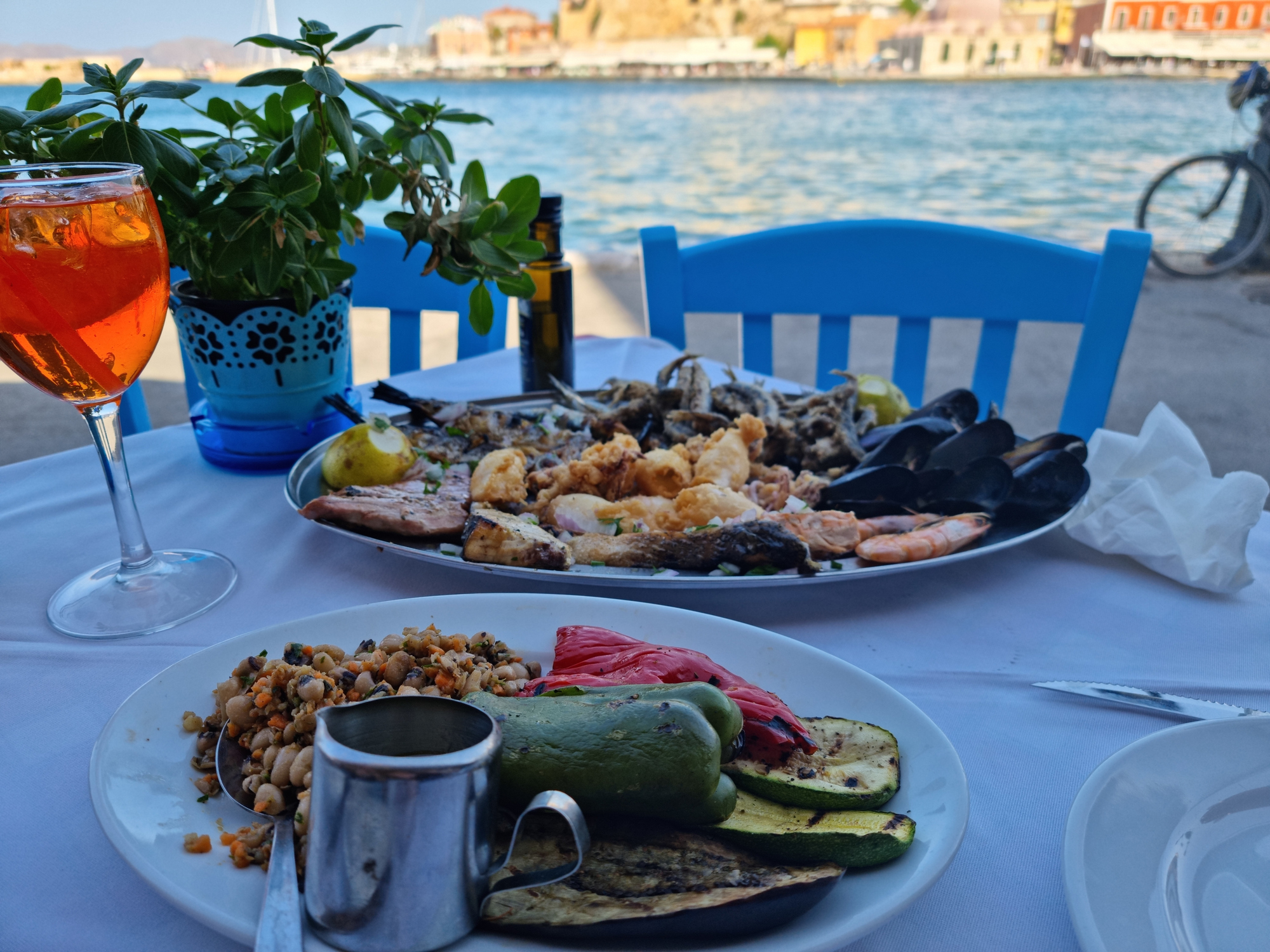In the early part of the 20th Century, experts widely believed that the industrialized societies of advanced Western countries were conducive to superior health. As the thinking went, people living in a land of plenty, who were able to take advantage of the latest food technologies, were likely to live longer lives marked by lower rates of disease than people living more traditional lifestyles. But then in the 1950s, an American nutritionist named Ancel Keys stumbled upon what looked like a statistical anomaly. People living in poor rural villages in southern Italy were outliving wealthy New Yorkers, with far fewer cases of cardiovascular disease, heart attack, and stroke.
On close examination, Keys arrived at a compelling explanation…these dwellers of the Mediterranean coasts were still consuming an ancient diet markedly different from that of the typical American. Their meals were light on meat and heavy on vegetables, olive oil, and fruits. As Keys put it, these southern Italians tended to eat “lots of fresh vegetables sprinkled with olive oil, a small portion of meat or fish maybe a couple of times a week, and always fresh fruit for dessert.”
Since then, a pattern of eating modeled after the traditions of Italian, Greek, southern French, North African and other peoples, termed the Mediterranean Diet, has come to be the most widely recommended alternative to modern Western foodways. Study after study has found that people adhering to the Mediterranean Diet enjoy a vast array of health benefits…not only better heart health, but also improved cognition, less chronic inflammation, less obesity, and lower incidence of a host of illnesses including diabetes, colon cancer, and kidney disease].
The efficacy of the Mediterranean Diet is now so well established that several spinoff diets have been created using it as their basis. For example, the DASH diet (Dietary Approaches to Stop Hypertension) is a tweaked Mediterranean Diet designed to lower blood pressure. The MIND diet (Mediterranean-DASH Intervention for Neurodegenerative Delay) takes the DASH diet a step further, selecting and de-selecting foods with an eye toward preserving cognition. The Healthy US Eating Pattern adds in some American staples such as low-fat dairy and eggs, and the Healthy Vegetarian Pattern cuts out meat altogether.
What makes the Mediterranean Diet so healthy?
When considering why the Mediterranean Diet is conducive to good health, it helps to remember that foods can improve or safeguard our health in two ways…on one hand, they can contain substances that actively protect against disease, and on the other they can merely NOT contain substances that harm our health. To understand this, just compare finishing your evening meal by eating either a gooey iced pastry or a handful of fresh, organic cherries. Not only do the cherries (but not the pastry) contain vitamins and antioxidants that help undo the damage caused by free radicals in your body, but they also lack the harmful preservatives and added sugars that the pastry contains.
In that sense, it’s helpful to explore the Mediterranean Diet both in terms of what foods it leaves out and what foods it leaves out.
What the Mediterranean Diet leaves out
One key to the Mediterranean Diet is its favoring of natural, whole, organic, home-prepared foods over ultra-processed foods (UPFs). A UPF is a “food” made with low-cost ingredients, using industrial equipment and processes, designed by food scientists to be profitable to vendors, convenient for consumers, and highly palatable and thus likely to be craved (You may be old enough to remember advertising for Lay’s potato chips which fairly taunted the consumer, “No one can eat just one!”).
Research over the past decade suggests that UPFs don’t just make us overweight and unhealthy because their ingredients are fattening, but that the inflammation caused by their ingredients causes changes in our brains] that disrupt our bodies’ ability to know when we’re hungry or full. Thus we become susceptible to a vicious circle of addiction to foods which make our brains crave those UPFs more and more.
Along with UPFs, the Mediterranean diet de-emphasizes meat, saturated fat, and added salt and sugars, all of which have been linked to poor health outcomes.
What the Mediterranean Diet includes
The key elements of the Mediterranean Diet are vegetables, whole grains, beans and legumes, fruits, low-fat dairy, nuts and seeds, fish, and olive oil, with occasional servings of chicken or other lean meats. Olive oil is often viewed as a hallmark of the Mediterranean Diet. It should be your go-to cooking oil as well as a base for salad dressings.
What would a typical day of Mediterranean-style eating look like?
For breakfast, you might have a banana, a handful of fresh berries, a slice of whole-wheat toast, a serving of nonfat yogurt, and unsweetened coffee or tea. At lunch time, you might eat a fresh salad topped with boiled eggs, a whole-wheat roll, a serving of nonfat cottage cheese, and an apple. For your evening meal, asparagus, brown rice, skinless chicken, a glass of milk and a fresh peach. And if the need for snacking arises between meals, you can reach for unsalted nuts, hard cheese, or fruit.
The underlying rule of thumb is that each meal’s plate contain different categories of food in certain proportions. Half the plate contains vegetables and whole fruits, a quarter consists of whole grains such as quinoa, whole wheat, or brown rice, and the remaining quarter is a lean protein such as beans, nuts, fish, or lean meats. And beside every meal, imagine one cup of milk, yogurt, cheese, cottage cheese or soy milk. That broad breakdown (half vegetable/fruit, quarter whole grains, quarter lean protein) can guide you toward adopting a Mediterranean-style diet without agonizing over how much of each type of food to include.


